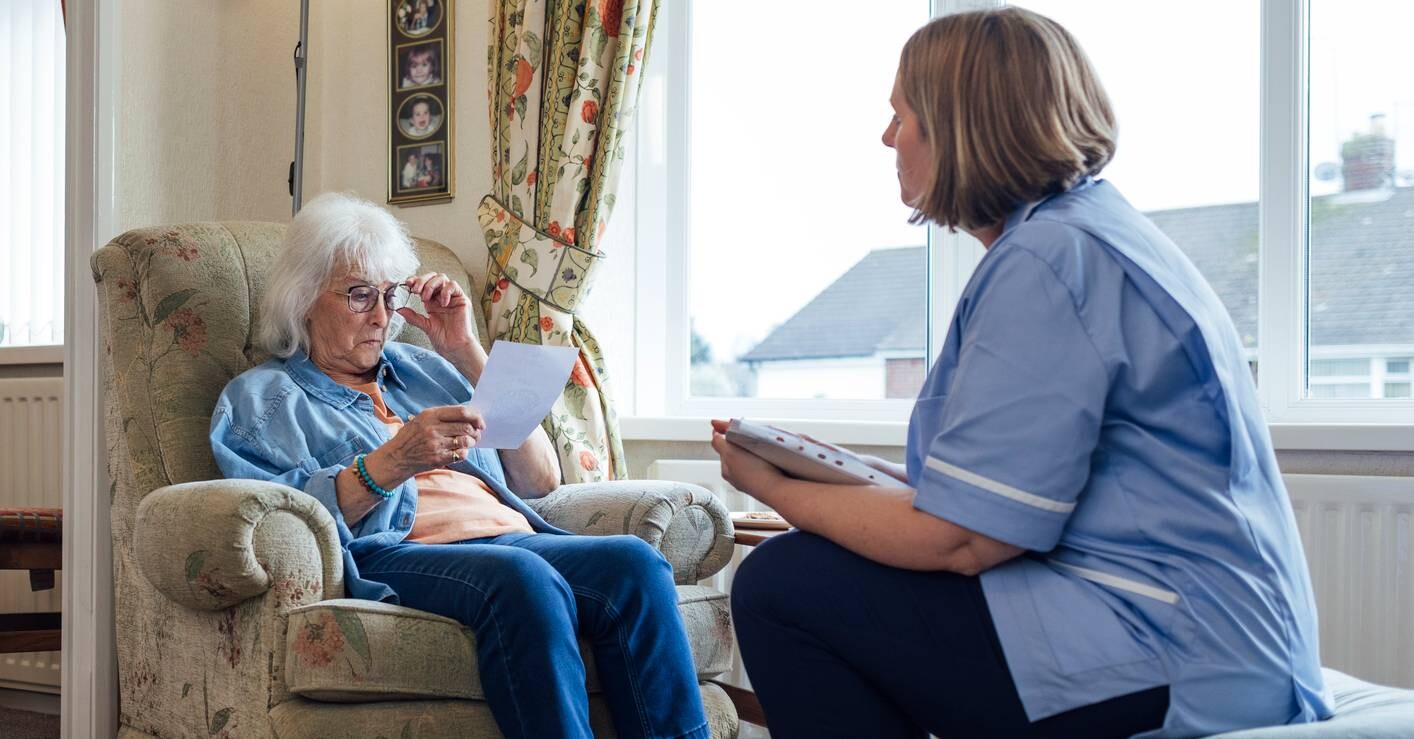Health visiting contacts to only count if face-to-face amid child safety concerns

Mandated health visiting reviews should be carried out face-to-face, the Government has said, amid concerns about virtual services not reaching the most vulnerable children.
Maria Caulfield, the minister for patient safety and primary care, said last Thursday that the five health visiting contacts mandated up until the age of two will soon only count if they are face-to-face, after virtual contacts were permitted throughout the Covid-19 pandemic.
Guidance for health visitor service data collection in 2022/23 will be ‘updated shortly’ to reflect that mandated reviews should be face-to-face, matching national guidelines, she said.
This comes after the Institute of Health Visting (iHV) has been calling for the reinstatement of face-to-face contacts as default since health visitor redeployment ended and Covid restrictions were lifted, raising safety concerns and saying virtual contacts hide workforce issues.
Related Article: New preceptorship package for social care nurses
‘Safety critical’
Alison Morton, iHV CEO, said virtual contacts – which are usually over the phone – are not suitable for identifying vulnerable families with clinical issues or safeguarding concerns.
‘These contacts are safety critical for these children – spotting domestic violence, neglect, signs of abuse, but also clinical conditions in both the children and parents. They look out for babies and children who cannot speak for themselves,’ Ms Morton told Nursing in Practice.
‘Late identification of clinical conditions can have catastrophic consequences; children can die of spinal muscular atrophy if you don’t spot it. This also applies to abuse and neglect.’
Official data has revealed there were 536 serious incident reports for child harm cases in England during 2020/21, up 87 (19%) from 449 in 2019/20. Yet the number of children on child protection plans as of 31 March 2021 had dropped to 50,010, down from 51,510 a year before.
‘Do we really believe vulnerability and risk has gone down?’ asked Ms Morton. ‘No, we’re not finding these vulnerable children and putting them on a child protection plan.’
She summarised: ‘At the beginning of the pandemic, the Government said health visiting contact should be virtual by default and face-to-face contact should only be for vulnerable families. The issue is you don’t know who’s vulnerable.’
Health visiting workforce
Related Article: Funded nurse workforce plan needed for neighbourhood health services
Ms Morton acknowledged concerns over whether there are enough health visitors to carry out the mandated face-to-to-face contacts, but added: ‘This change lays the problem bare. You can’t pretend workforce issues are not there by masking them and counting phone contacts.
‘Leaving this workaround in place for longer than needed acted as a perverse disincentive to returning to face to face, and masked workforce shortages that are driving this practice… We can’t measure health visiting Covid recovery if the data is misleading and masking what’s going on.’
This comes as health visitor numbers have plummeted in recent years, with the latest data showing 6,278 health visitors as of November 2021, down from 9,376 five years before in November 2016.
And in December last year, the iHV’s annual report, The State of Health Visiting, found health visitors witnessed increasing safeguarding, behavioural and language issues in 2021, but worried they could not do enough to reach vulnerable families.
Related Article: Nurse had to ‘freeze’ PPE during pandemic to re-use in care home, Covid inquiry hears
Respondents also praised virtual contacts as an effective way to provide families with quick access to advice for straightforward concerns, but most stressed that video contacts are not as effective as face-to-face contacts in identifying needs or disclosing of risk factors in vulnerable families.
What are the five mandated health visiting contacts?
As described in the Healthy Child Programme 0-5 years, there are five mandated review points:
• First visit – At 28 weeks pregnancy: Health promoting Visit
• Second visit – At 10-14 days after birth: New baby Review
• Third visit – At six to eight weeks old: Six to eight week assessment
• Fourth visit – At nine to 12 months old: One year assessment
• Fifth visit: – At two to two and a half years’ old: Two to two and a half year review

See how our symptom tool can help you make better sense of patient presentations
Click here to search a symptom




